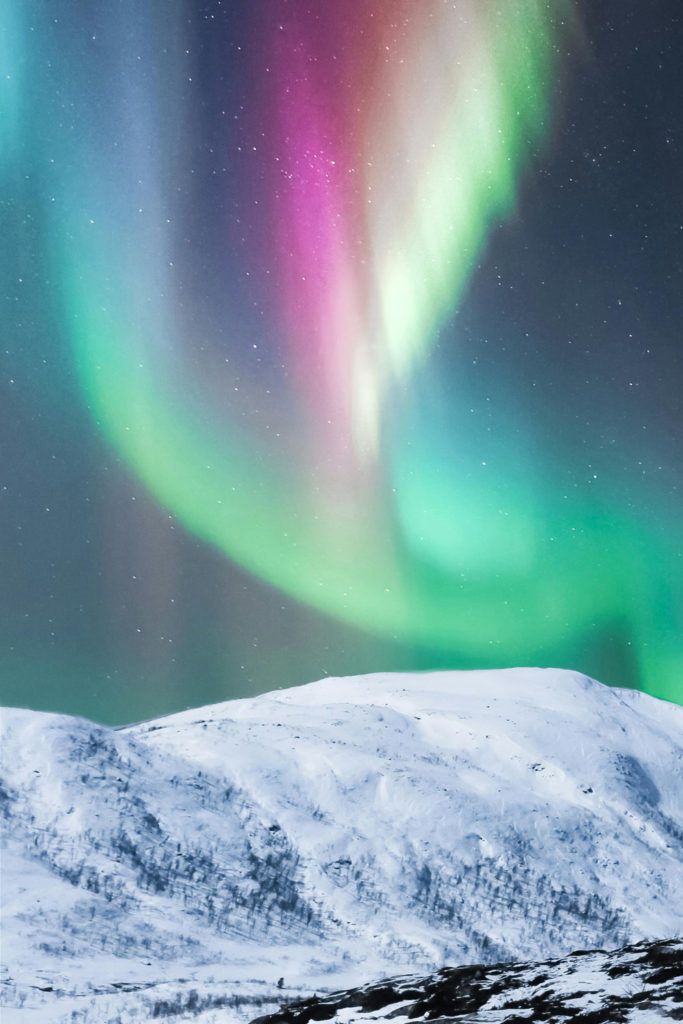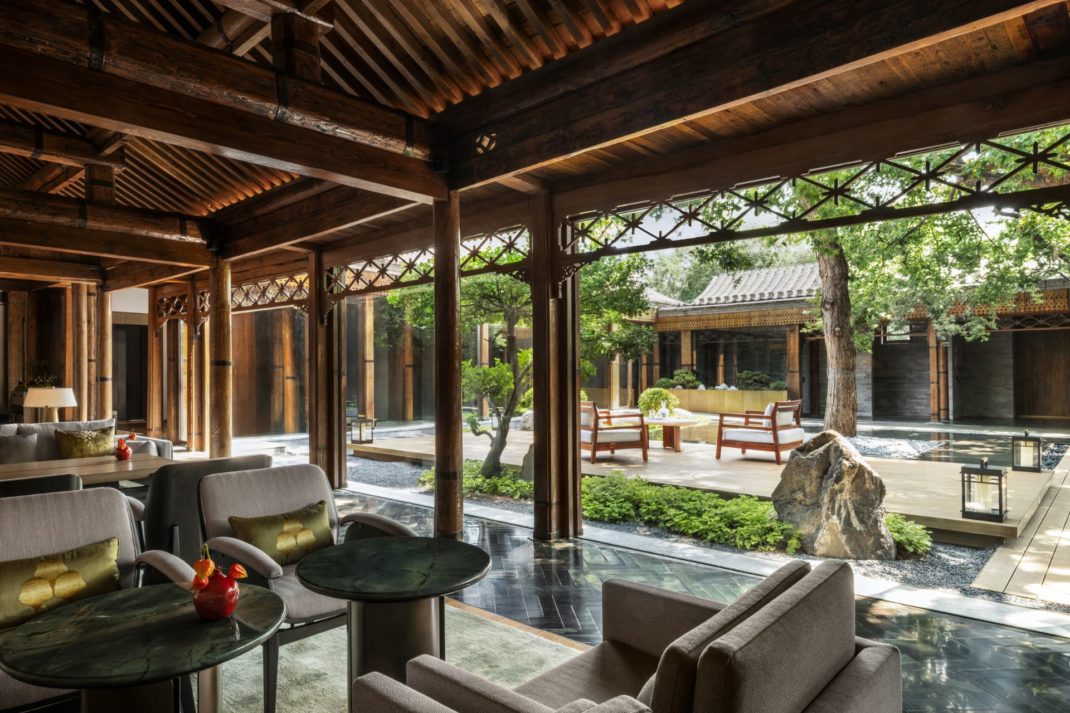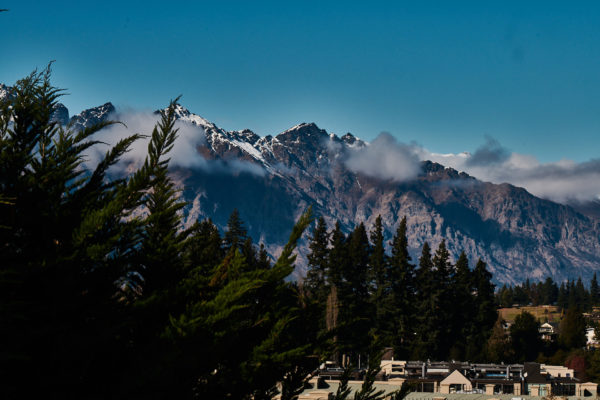Cook Islands Reintroduces Traditional Canoe Carving To Preserve Indigenous Culture
By
2 years ago
The Te Mana O Te Vaka Project aims to uplift the indigenous community
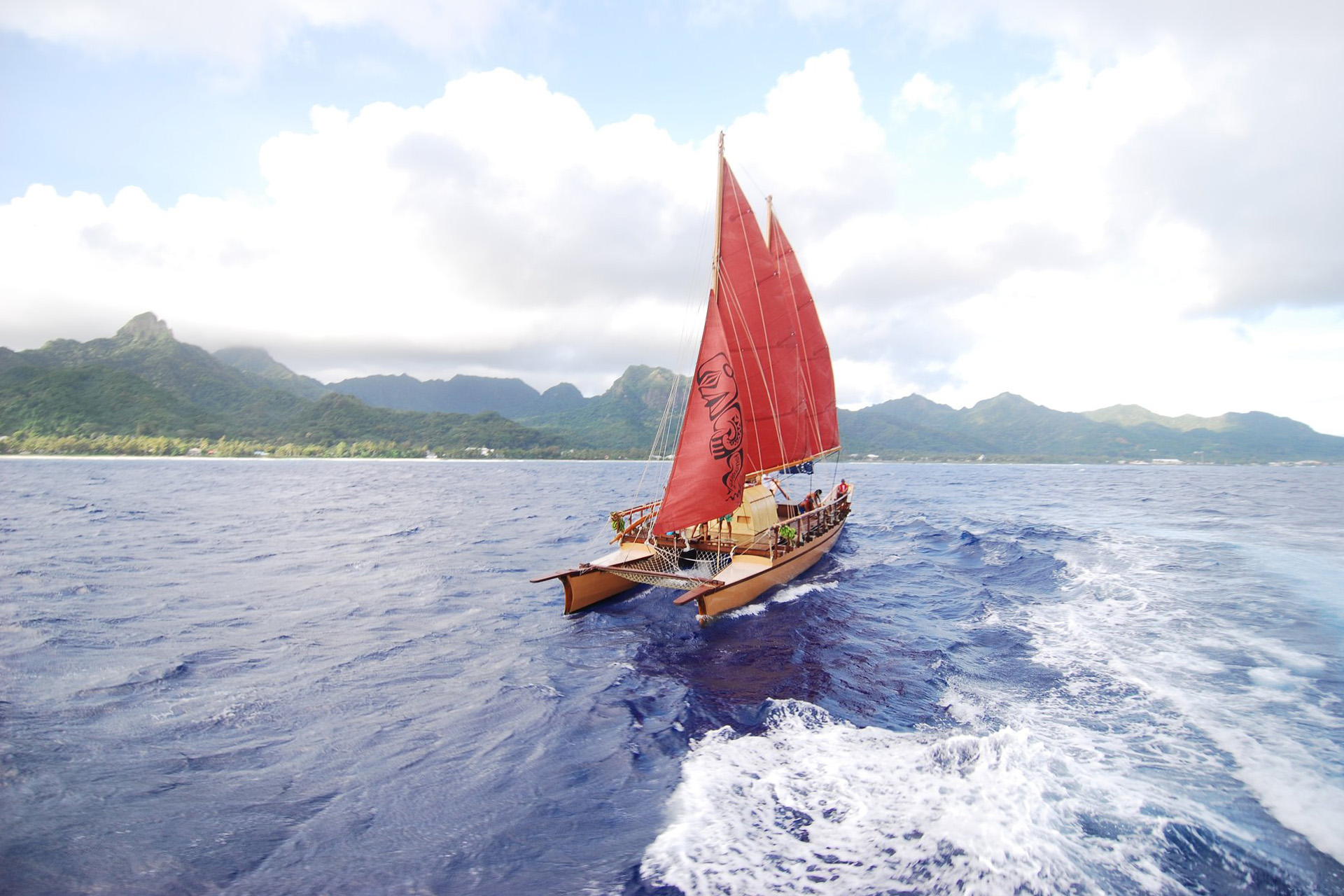
For the first time in generations, a fleet of traditional canoes is being constructed in the Cook Islands. Known in Māori as vaka, visitors are invited to observe and even participate in the months-long historic boat build, which aims to highlight the value of preserving indigenous culture.
Read the C&TH Responsible Tourism Guide
Te Mana O Te Vaka: The Cook Islands Project Reintroducing Traditional Canoe Carving
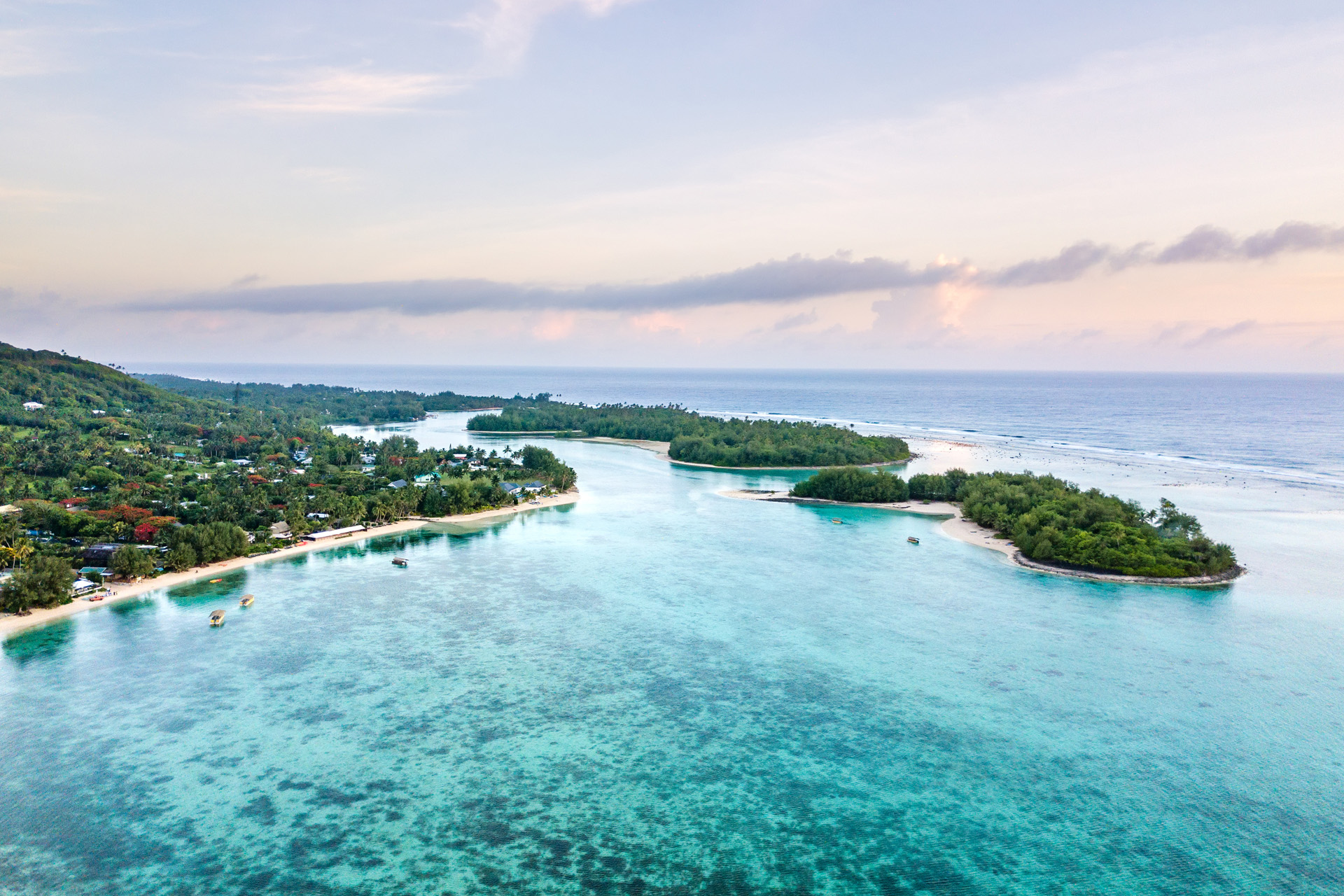
Muri Lagoon, Cook Islands (c) Getty
In the South Pacific Ocean, 15 major islands are dotted over 2,200,000 km2 of ocean, formed by volcanic activity: The Cook Islands. In 2016, the population sat at 17,459, with 75 percent of residents living in Rarotonga, the nation’s largest island. For thousands of years, these islands have been connected by vaka – sturdy, all-weather canoes transporting travelers and fishermen across the oceans, livestock and crops between islands, and helping residents travel to work.
But the build of these traditional vehicles has been dying out, with aluminium motor boats replacing the vaka in many cases. On some of the Cook Islands, a traditional fishing vaka has not been carved in over a century. In response, a project called Te Mana O Te Vaka aims to preserve the canoe; ‘Te Mana O Te Vaka’ translates as ‘the power and prestige of the canoe’.
Largely funded by the University of the South Pacific’s Institute of Marine Resources, a project to build six vaka has commenced, highlighting this indigenous practise for the first time in generations.
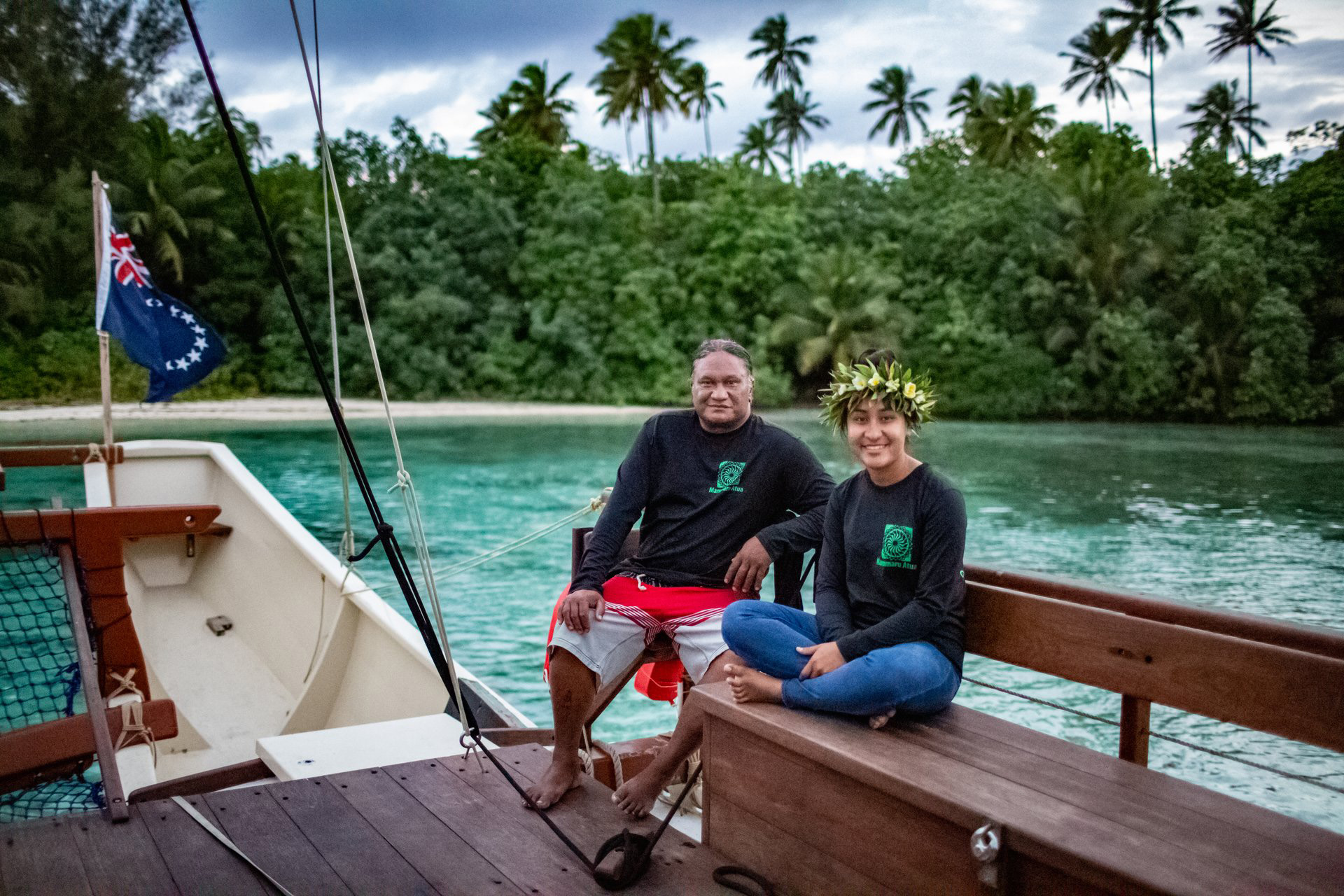
‘The project is about the perpetuation of vaka culture,’ says Mike Tavioni, world-renowned artist and writer, and leader of the project. Born in Rarotonga, Tavioni has been carving and studying the history of vaka since he was young.
‘The value of the vaka needs to be demonstrated, but the vaka culture is not only about the vaka,’ says Tavioni. ‘It’s about migration. It’s about discovery. It’s about our history, the origin of where we come from. And it’s about survival. It’s not just about the vaka. The vaka is the catalyst of all those things.’
The vaka will be on display at Gallery Tavioni & Vananga, before being used in a fishing competition. Then, from December, the vaka will be used to impart teachings about moon phases, seasons, tides, winds, and navigation, before they are gifted to outer islands fishers, where economic opportunities are limited.
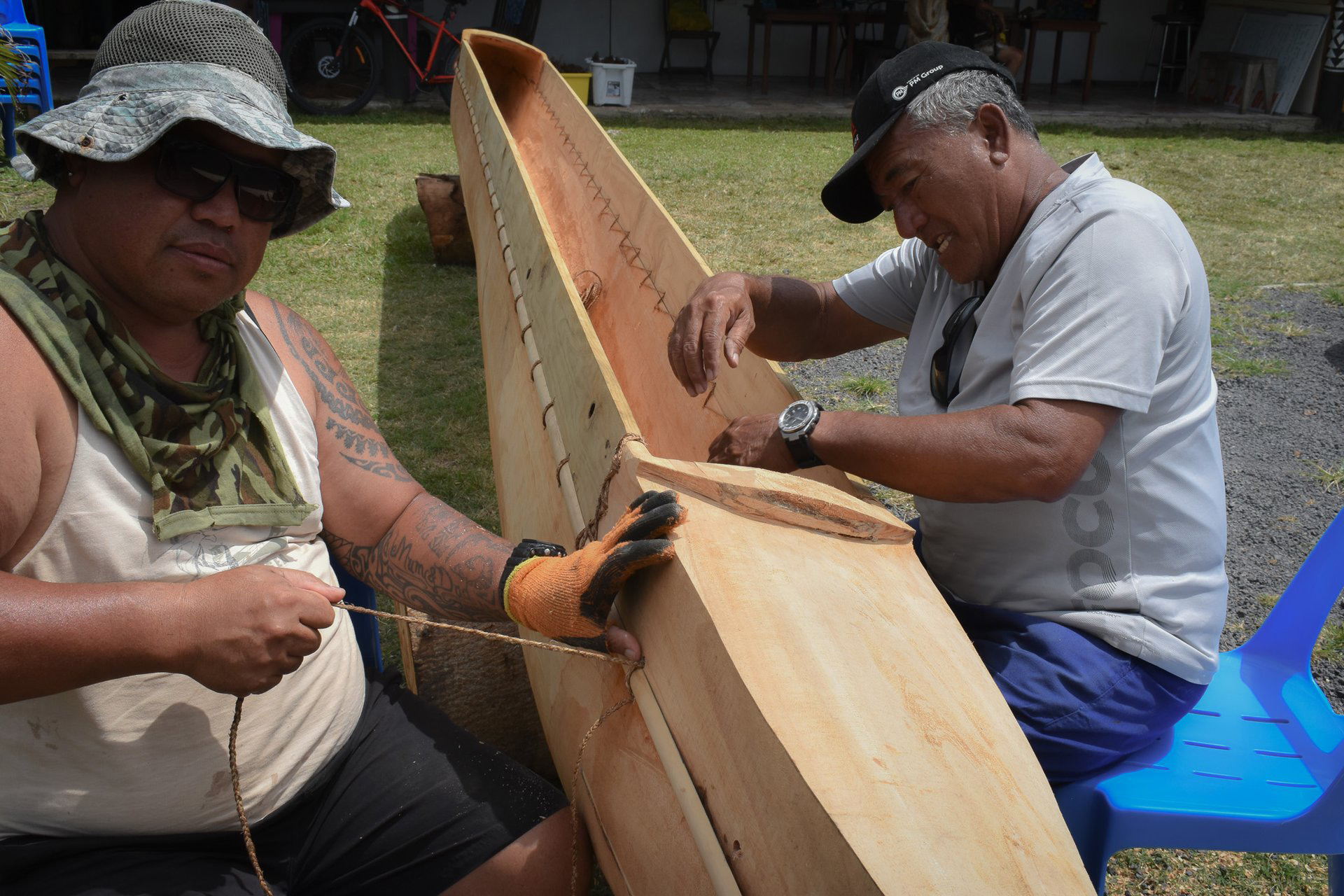
Te Mana O Te Vaka began with Tavioni selecting carvers to work alongside him and a team of volunteers collecting resources from around Rarotonga. Vaka are built using natural materials – tree trunks, coconut husk fibre, pandanus leaves, sennit – with sails, paddles, bailers, rope, fishing hooks, lines and lures all produced as part of the construction. In preparation for the beginning of the build, the volunteers beat the husks of 100 coconuts and buried them in the sand for a month, as well as selecting and cutting down suitable trees and hanging pandanus leaves to dry in the sun.
Overseas artists are being employed by the project: weavers, a carver, and two of Tavioni’s former apprentices, who began learning to carve when they were 12 and 13 years old. New Zealand’s Ministry of Foreign Affairs and Trade is sponsoring the travel costs.
Featured image (c) William Tuiravakai.


